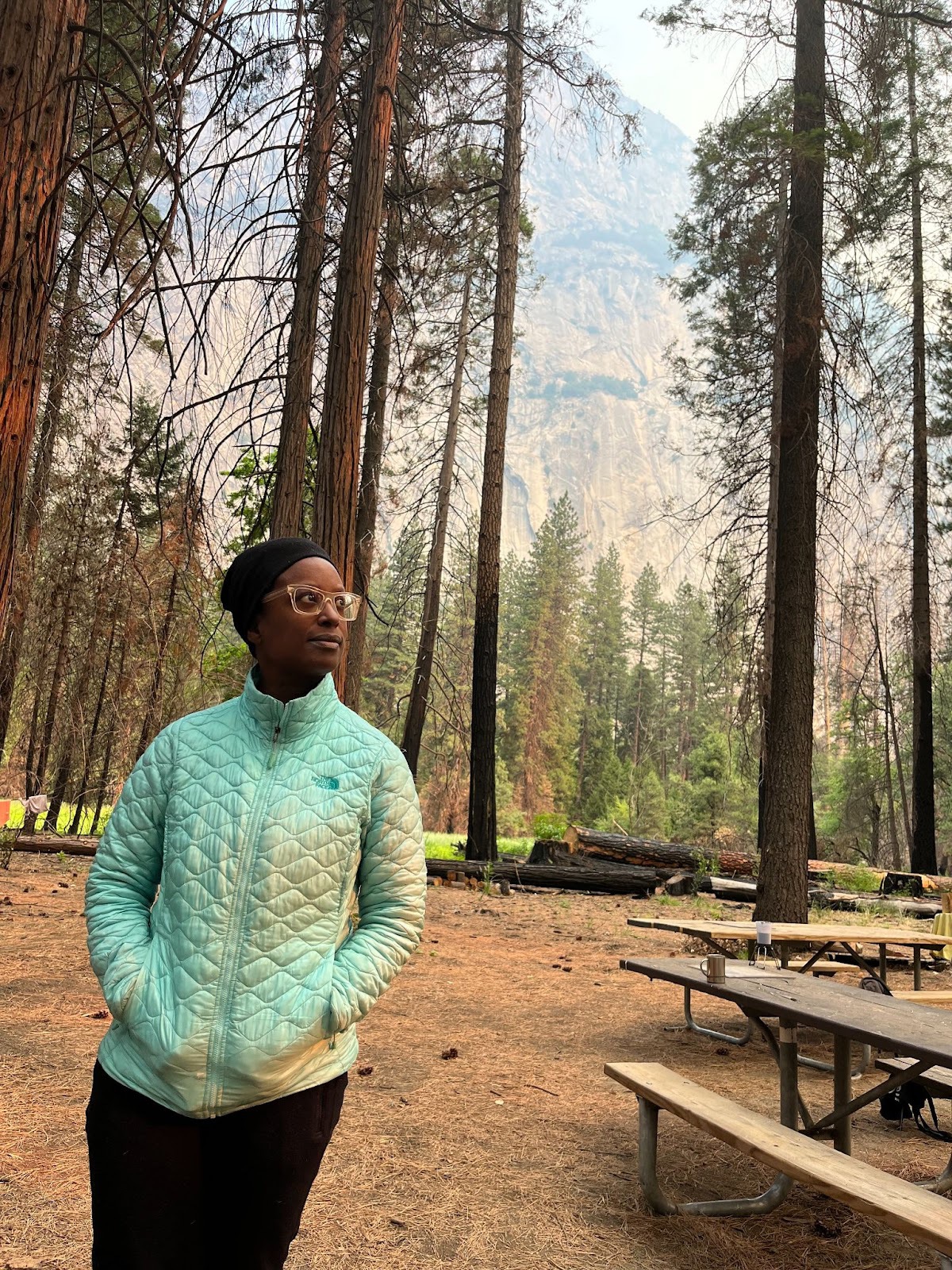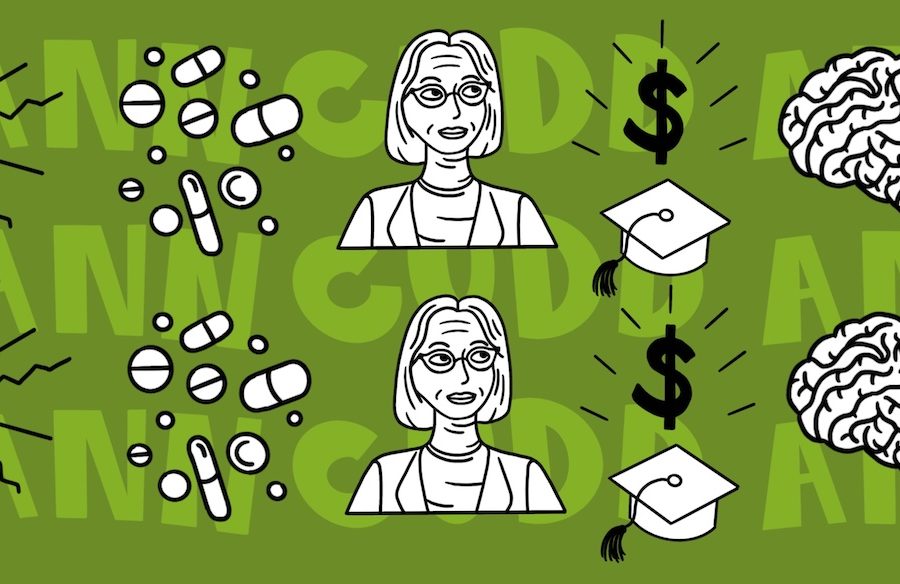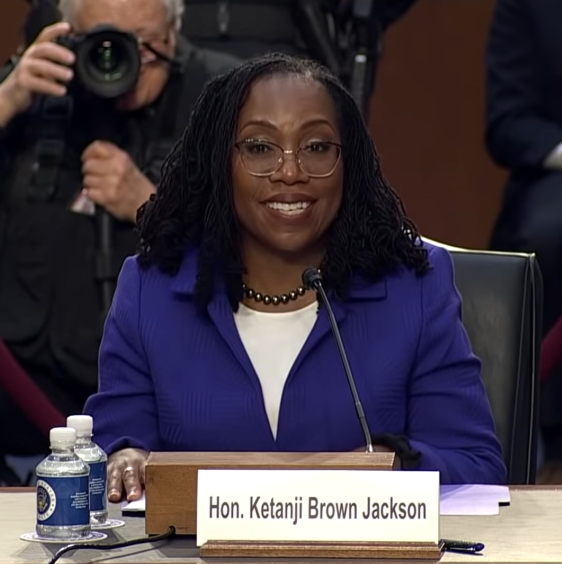A new transformative research project by OHSU-PSU School of Public Health is investigating health disparities, particularly in the cases of at-risk Black youth.
Marguerita Lightfoot is the Associate Dean of Research in the OHSU-PSU School of Public Health. The National Institutes of Health (NIH) awarded Lightfoot a $9 million five-year grant to study the benefits of a guaranteed income provided to at-risk Black youth. Lightfoot is co-investigator alongside Sheri Lippman from UCSF and Margaret Libby, the founder and chief executive officer of MyPath.
“[NIH] was pushing boundaries and pushing all of us to do something different during COVID,” Lightfoot said. This is the impetus for BEEM, the Black Economic Equity Movement research project.
The study will observe how income and financial training impact the financial, mental and physical health of low-income Black youth—ages 18 to 25—as they transition to living independently. Through this, Lightfoot hopes to change the trajectory of young Black people from low-income families by providing these resources.
“3.2 million of those dollars are going directly to young people and paying the bills—guaranteed income,” Lightfoot said regarding the $9 million funding from NIH.
“And we’re trying to help them have some kind of foundation or base so that they’re not struggling…to just survive,” Lightfoot said. Out of the survival mode and into a planning mode, as Lightfoot called it.
Lightfoot studied counseling and psychology at UC Los Angeles and graduated with a Ph.D. in 1997. Lightfoot’s research interests include studying homelessness in youth, the juvenile justice system and youth with HIV. Figuring out how these kids get derailed is her focus. Lightfoot explained that her research is often community-based and that she’s passionate about helping. She left California and transitioned from psychology to public health at OHSU-PSU.
“I was interested in counseling psychology because I was really interested in understanding people’s behavior, but in particular, how to help young people be successful,” Lightfoot said. “I’ve always really been passionate about promoting and supporting the health and wellbeing of adolescents, and have always been interested in those young people who are most vulnerable.”
What is happening in these communities? How do we help our communities to become healthy? These are things Lightfoot often asks herself.
Lightfoot explained how addressing non-financial issues is essential to positive outcomes for these young people. “And the outcomes that we’re looking at are mental health in particular, we’re looking at depression and anxiety,” she said. “Because given the age of people, accessing sexual reproductive health services and then the last thing is looking at their kind of investments in the future.”
If these kids no longer need to struggle with day-to-day financial survival, they can begin to look forward to their futures and perhaps plan for higher education or pursue other dreams that previously weren’t possible.
Every young person in the program has access to scaffolding services, a financial mentor/coach and a peer learning circle. These resources teach the young people in the study about things like credit scores and predatory lending, how to build one’s credit and how to become financially stable. Mental health services and sexual reproductive services are also offered if needed.
There is no magical thinking here. The recipients are aware that the money will stop after a year, and meanwhile are prepared for that day through mentoring, a peer learning circle and other resources. Most importantly, however, the study will conduct follow-up analysis after the guaranteed income stops. Lightfoot explained that while many studies that give a guaranteed income do not follow the recipients after the study ends, the BEEM study will follow half of all recipients for half a year after the money stops.
Lightfoot predicted three primary possible outcomes for what these follow-up studies might reveal.
“You can think about maybe three patterns,” Lightfoot said. “That they’re on this upward slope of getting involved in things and be themselves, better situated, they can either continue to go on that upward slope, or they can flatten out…and then they maintain that. Or the other pattern might be, you know, they had that upward slope while they were getting the money, and the money stops, and then they go back down.”
She said that they may find additional patterns as well, but emphasized the importance of tracking the results and perhaps even having pre-indicators of successful outcomes.
BEEM started recruitment in November and expects to finish in June. They have no preliminary data yet, but they are already making an impact. If a young person is found to be in a high risk mental health state during the initial screening, recruiters will follow up and offer services.
“About 30% of our young people are in crisis,” Lightfoot said. “So mental health is absolutely a critical component and we’re seeing that very early on in our study.”
Making the study and its benefits sustainable is an integral factor. Lightfoot has been engaging with people in both cities and counties, which she said have been open to discussion about providing funding for young people. She’s also engaged in a funders roundtable that is likely to fund some of the youth who were not eligible for the study. For the study, she hopes that funding from city and county legislature will provide some stability to guaranteed income programs.
Michelle Nakphong, a postdoc at UCSF working with Lightfoot on the BEEM project, expressed her passion about the project.
“I am working on the qualitative in-depth interviews because I love hearing and understanding people’s lived experiences,” Nakphong said.
Nakphong said that she has also been looking into housing instability in particular, noticing a high level of it among the participants. “Even in short conversations with folks, people have described a lot of stress regarding housing insecurity and instability,” she said. Bringing this issue into the light of day is what BEEM is all about.
“That’s my hope, to see how my skills and passions can support the incredible work that people are doing,” Lightfoot said.






